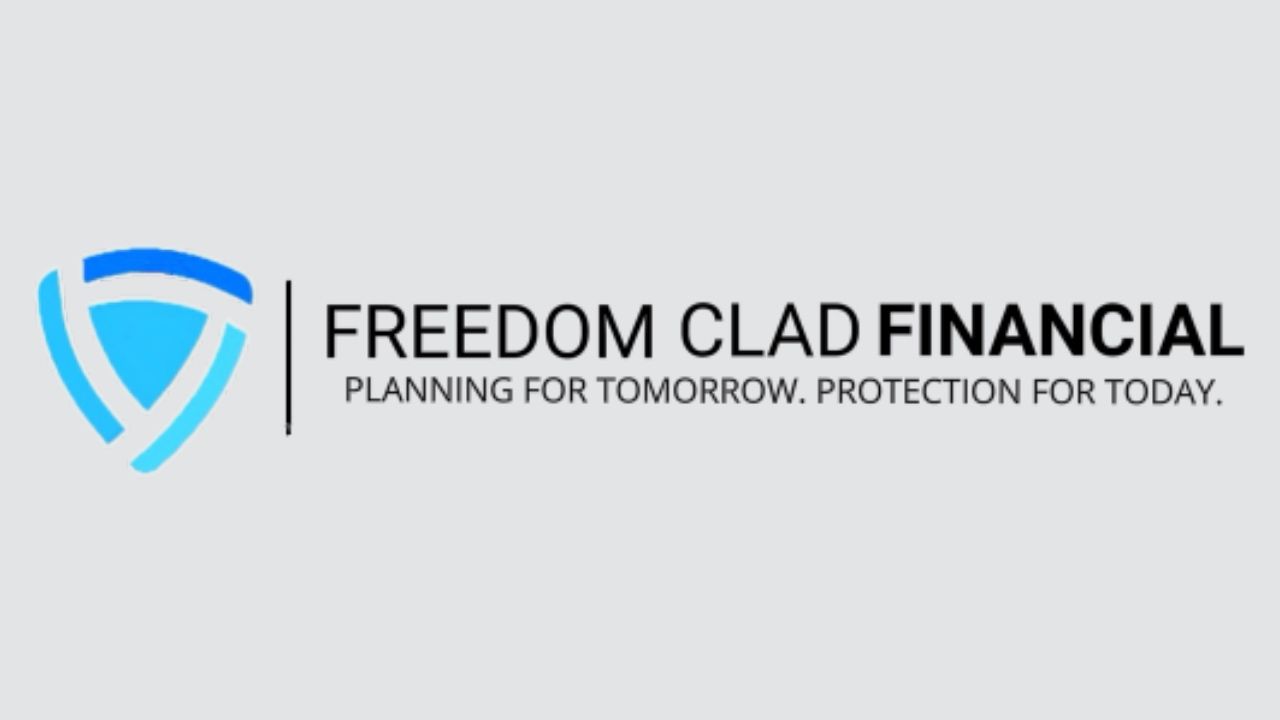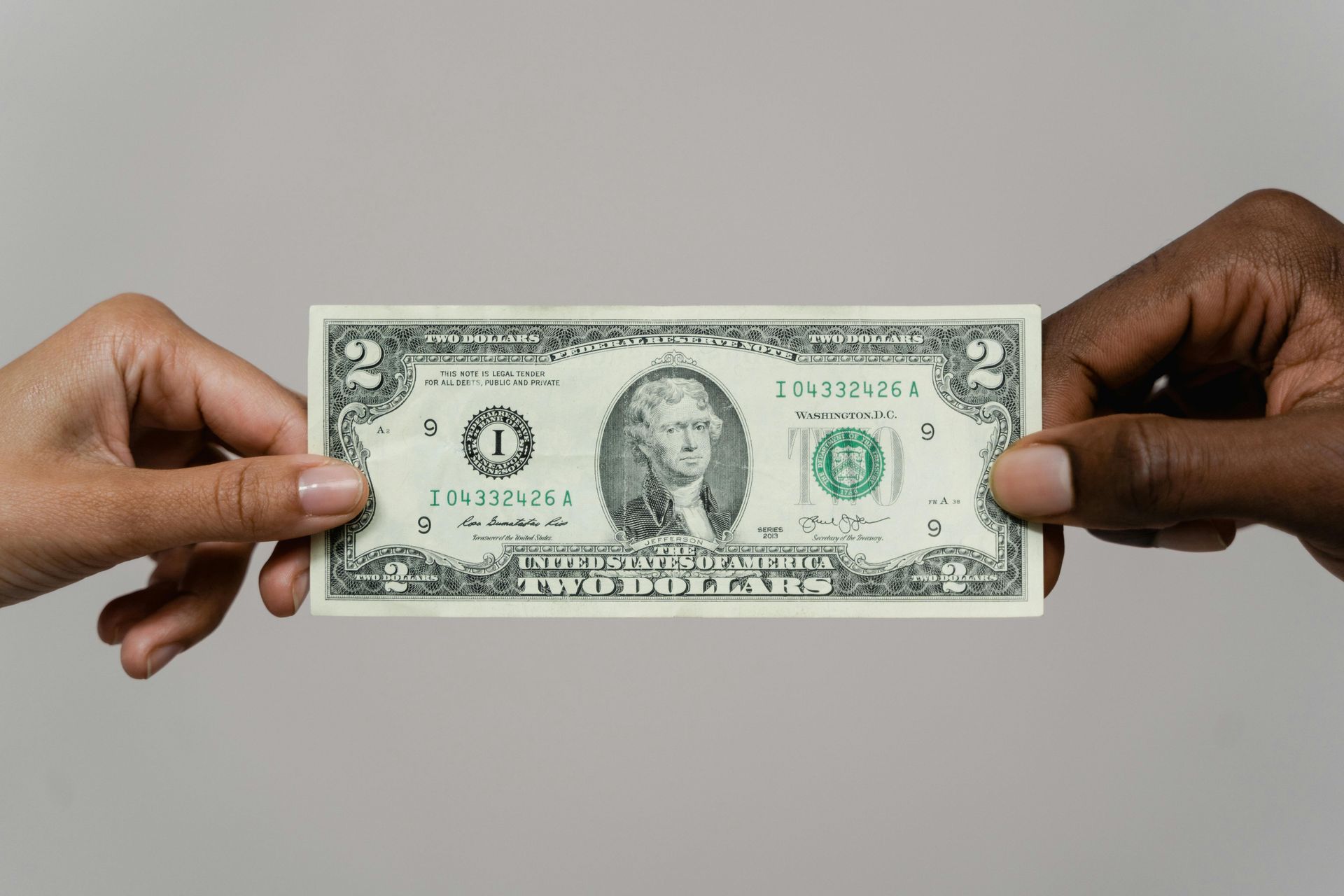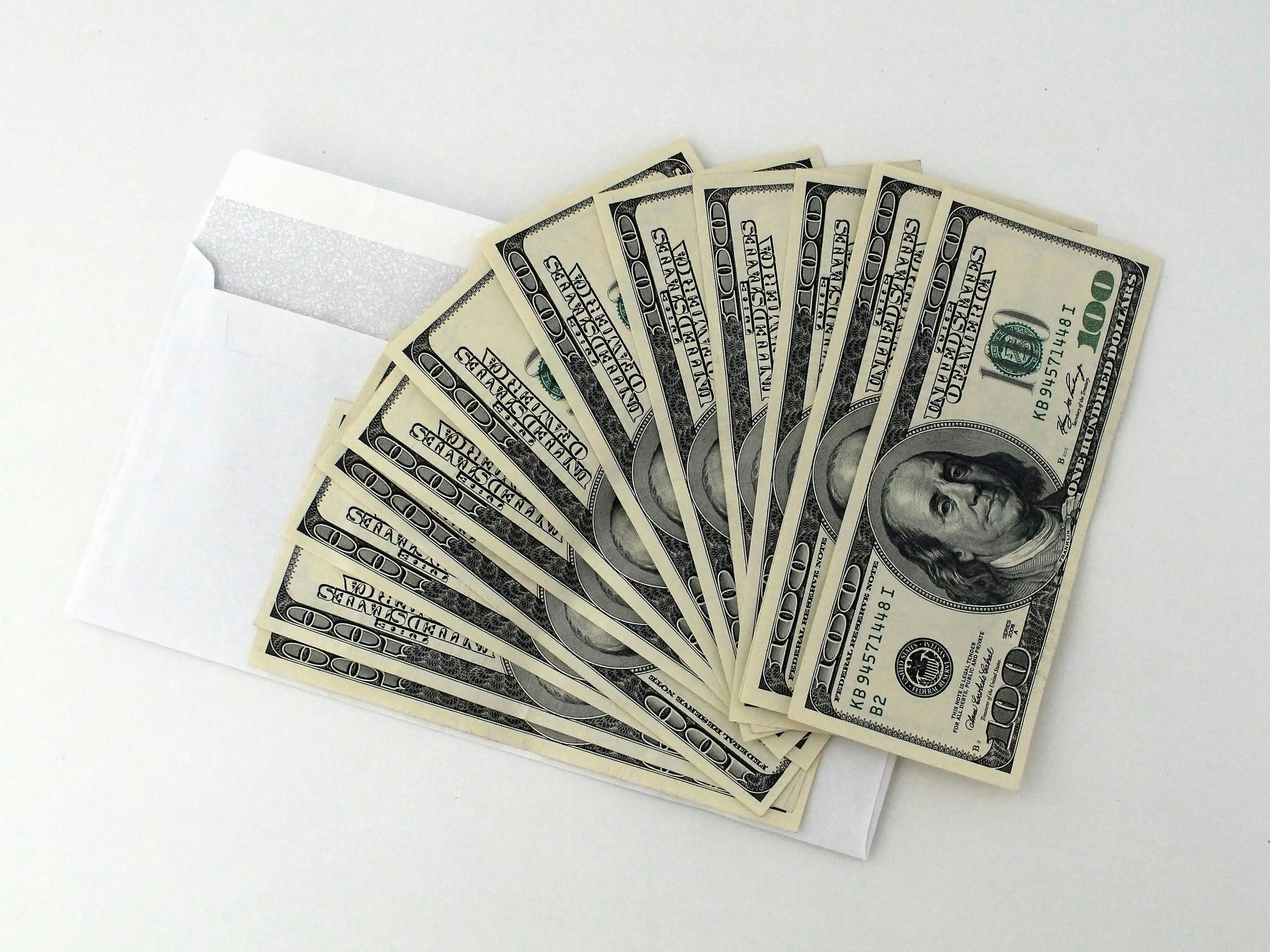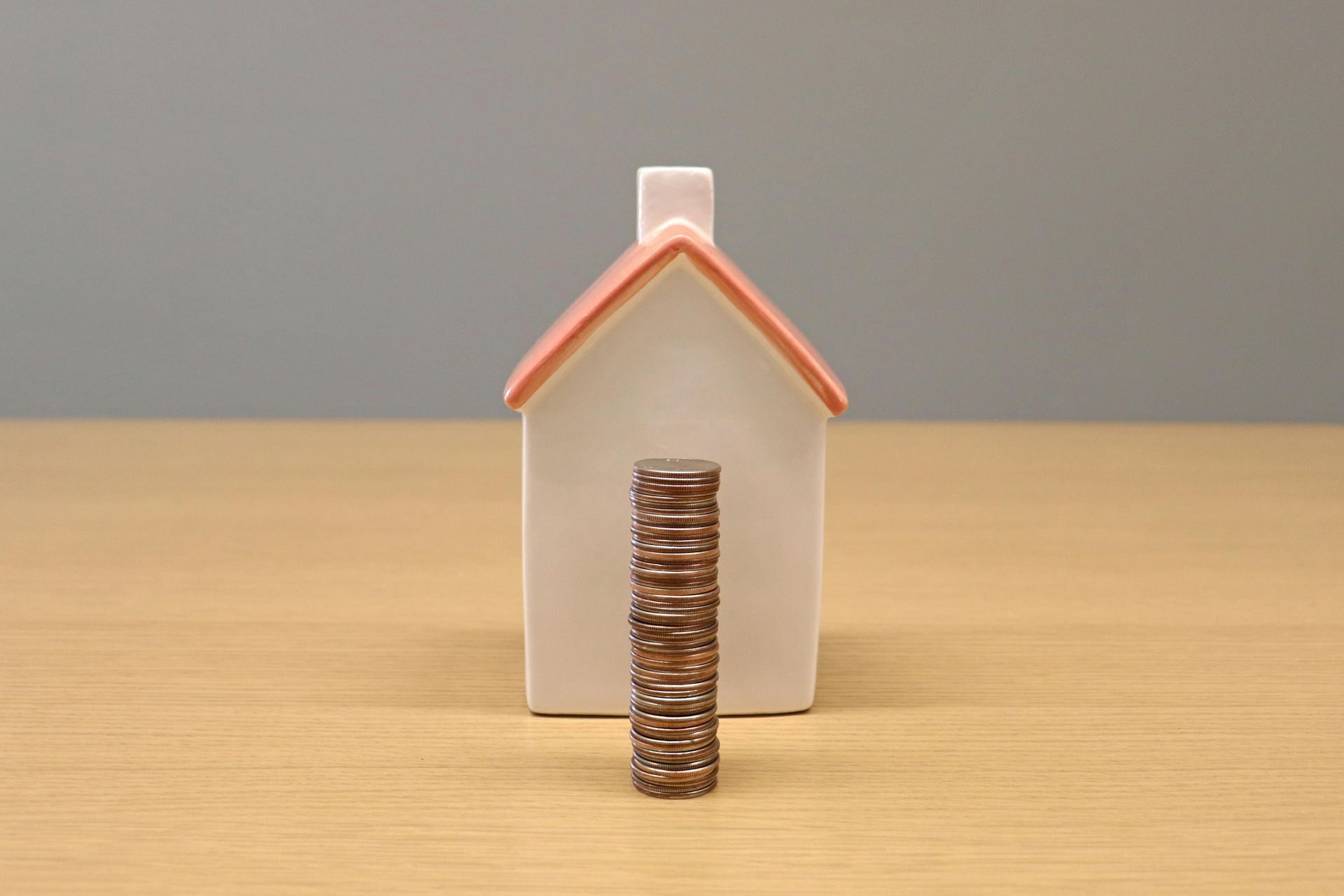Good Debt vs. Bad Debt: What's the Difference? (And Why It Matters to You)
Is Your Debt Helping or Hurting You?
Let's talk about debt. It's a word that can make anyone a little uneasy, right? For many middle-class Americans, debt is just a part of life. But not all debt is created equal. Understanding the difference between "good" and "bad" debt can be a game-changer for your financial well-being. Think of it this way: some debt can actually help you build wealth, while other types can seriously hold you back. Let's break it down.
The "Good" Kind of Debt: Investing in Your Future
Imagine you're buying a house. It's a big purchase, and most of us need a mortgage to make it happen. This is often considered "good" debt. Why? Because you're acquiring an asset that (hopefully!) appreciates in value over time. You're building equity, which is essentially ownership in your home.
Here are some common examples of "good" debt:
- Mortgages: As mentioned, a mortgage allows you to buy a home, a significant asset that can build long-term wealth.
- Student Loans (Used Wisely): Investing in your education can lead to higher earning potential. However, it's crucial to borrow only what you need and choose a degree with good job prospects.
- Small Business Loans: If you're starting a business, a loan can provide the necessary capital to get it off the ground, potentially generating income and creating jobs.
What makes these types of debt "good"? They share a few key characteristics:
- They invest in an asset that can appreciate in value or increase your earning potential.
- They typically have lower interest rates.
- They contribute to long-term financial growth.
The "Bad" Kind of Debt: A Financial Burden
Now, let's talk about the debt that can really weigh you down: "bad" debt. This is the kind of debt that often comes with high interest rates and doesn't generate any long-term value.
Here are some common examples of "bad" debt:
- High-Interest Credit Cards: These can be a slippery slope. If you're not paying off your balance in full each month, you're essentially throwing money away on interest. Those minimum payments can keep you in debt for years.
- Payday Loans: These short-term, high-interest loans are designed to be repaid quickly, but they often trap borrowers in a cycle of debt.
- Loans for Non-Essential Purchases: Financing things like expensive electronics or impulsive shopping sprees can quickly lead to financial trouble.
What makes these types of debt "bad"?
- They come with high interest rates, making them expensive to repay.
- They don't typically generate any long-term value or increase your earning potential.
- They can quickly spiral out of control if not managed carefully.
Why This Matters to Middle-Class Americans
For middle-class families, managing debt wisely is crucial for building a secure financial future. Understanding the difference between good and bad debt can help you:
- Make informed financial decisions: Knowing which types of debt can work for you and which ones to avoid can significantly impact your financial health.
- Build wealth over time: By focusing on good debt and minimizing bad debt, you can create a stronger financial foundation for yourself and your family.
- Avoid financial stress: Unmanageable debt can lead to significant stress and anxiety. By understanding how to manage debt responsibly, you can reduce this burden.
The Bottom Line
Debt isn't inherently bad. It's a tool that can be used wisely or unwisely. By understanding the difference between good and bad debt, you can make smarter financial choices that will help you achieve your long-term goals. So, take a look at your own debt situation. Are you investing in your future, or are you being held back by high-interest debt? Making the right choices today can make a big difference tomorrow.









